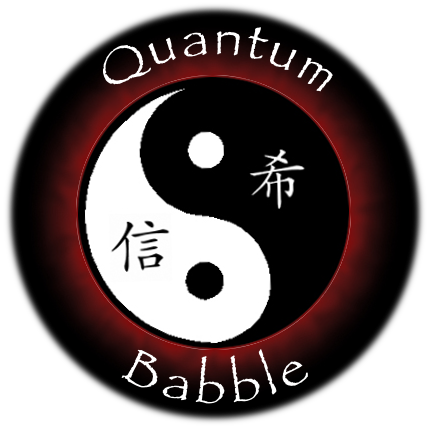Griffith University Associate Professor Joan Vaccaro has put forward a suggestion on why there’s a difference between the future and the past. According to her calculations, the laws of physics don’t have to distinguish between time and space, but since we don’t experience time in the same way as space, something must make time different. And she thinks the answer is in a special class of quantum phenomena.
Certain quantum phenomena don’t behave in the same way if you’re going forward or backward in time, and she suggested that these are the key to understanding the arrow of time – the “asymmetry”, or one-way direction, of time. And she said that in particular, subatomic particles known as K and B mesons could provide some interesting information. Her research is published in the Proceedings of The Royal Society A.
“If you want to know where the universe came from and where it’s going, you need to know about time,” Vaccaro said in a statement.
“Experiments on subatomic particles over the past 50 years show that nature doesn’t treat both directions of time equally. In particular, subatomic particles called K and B mesons behave slightly differently depending on the direction of time.”
Here’s an analogy: If you leave a cup of coffee on the table you’d expect it to stay there. Sure, maybe you can move it around on the table, but it would still be a cup on a table. If the cup started flickering in and out of existence, you’d think something really weird was going on.
The flickering of the cup is not something we experience because it would violate the conservation of mass, but if space and time are truly two sides of the same coin, then it should be allowed to happen. And as an object is limited in space (it has got a size and a position), they could also be limited in time (they could appear and disappear).
“In the connection between time and space, space is easier to understand because it’s simply there,” she added. “But time is forever forcing us towards the future.
“Yet while we are indeed moving forward in time, there is also always some movement backwards, a kind of jiggling effect, and it is this movement I want to measure using these K and B mesons.”
Professor Vaccaro reworked the equations of quantum mechanics in a way that the conservation of mass wasn’t a given condition of the universe. She thus discovered that time and space did truly behave identically in that scenario. Even more interestingly, once violations of symmetries are allowed, the equations evolved into the ones that describe our universe and the law of conservation of mass arises organically from this theory.
“Understanding how time evolution comes about in this way opens up a whole new view on the fundamental nature of time itself,” she said. “It may even help us to better understand bizarre ideas such as travelling back in time.”
Image in text: ?Associate Professor Joan Vaccaro, from Griffith’s Centre for Quantum Dynamics. Griffith University
by Alfredo Carpineti

